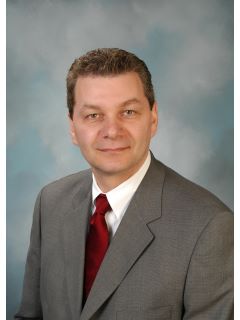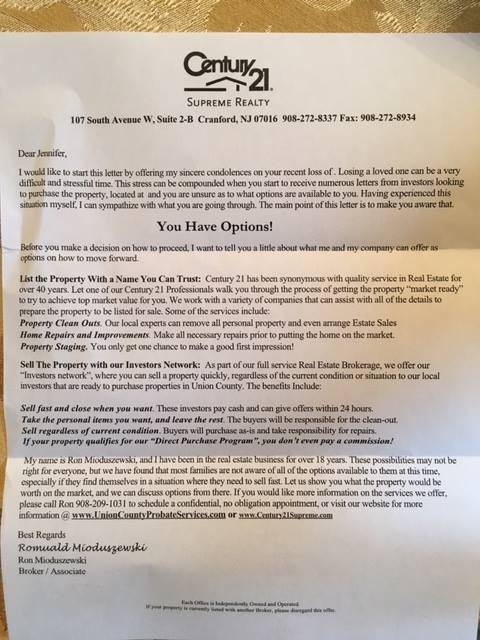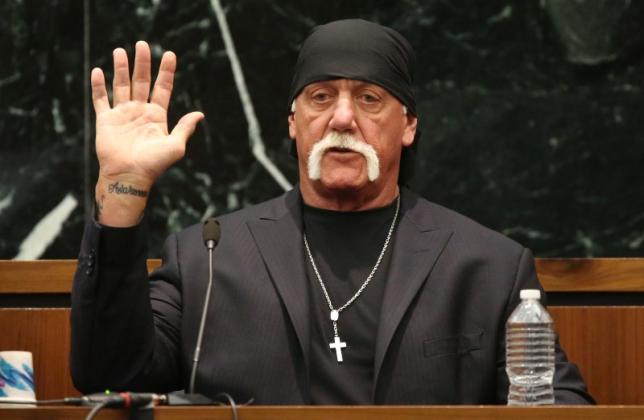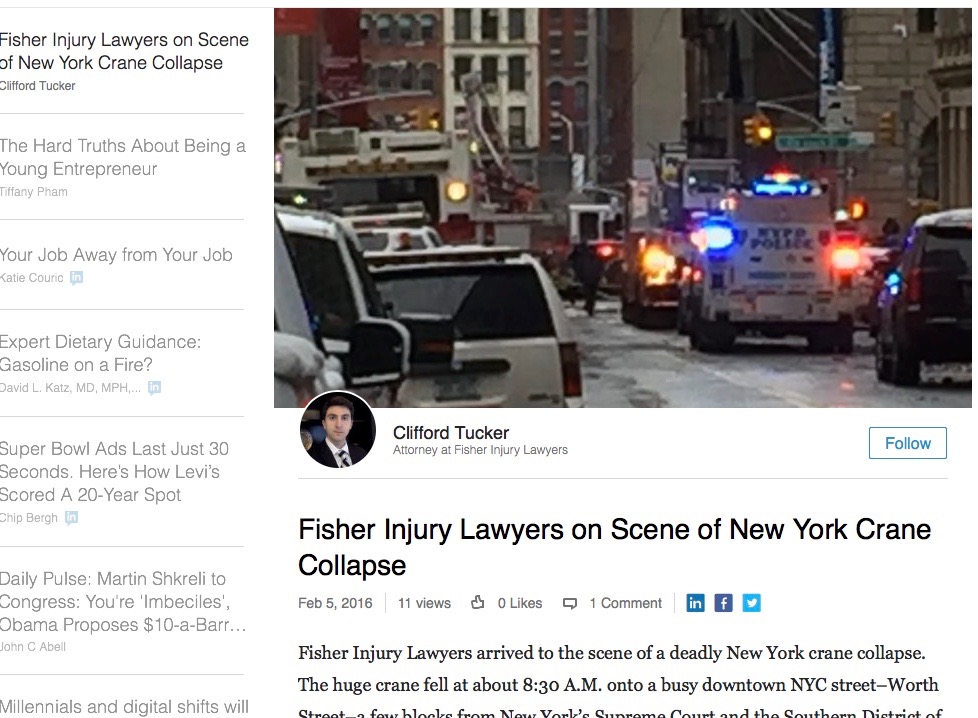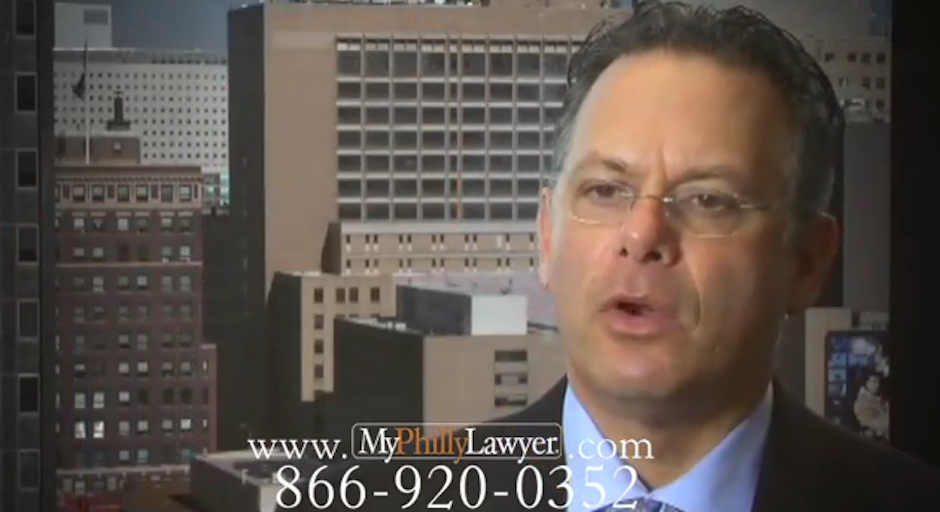
Good. Let me say it up front. Good.
For years I’ve heard through the grapevine, from new clients or other attorneys, about folks being injured in auto collisions and somehow, someway, some lawyer got their telephone number and contacted them, oft times while they were still in the hospital.
From there they were steered to clinics and doctors of dubious character. They would, in turn, bill the No-Fault insurance system up the wazoo for treatment that might (or might not) be warranted. And, of course, the cases land with a certain cadre of unethical lawyers. The injured were being victimized a second time by now being in the hands of the unscrupulous. (See: Ambulance Chasers, Runners and Other Creeps.)
But I could never get anyone to go on the record here, as their concerns were not the big issue of ambulance chasing, but the very personal issue of the broken leg, pelvis or back. I even pitched the idea of running a sting to a friend in a D.A.s office. to no avail.
Who was getting the cell phone numbers and info on the injuries? Tow truck drivers? Nurses? Hospital administrators? Arrests happen sometimes, but not often enough as far as I am concerned.
But now the feds have done it, and if the allegations coming out of the Southern District of New York are proven, it seems it was some police officers in the NYPD were stealing the information to forward on to the medical clinics and the lawyers.
This is the lede from the New York Times (which didn’t bother to link to the original document):
For years, Angela Meyers, a 911 operator with the New York Police Department, fielded emergency calls, then filed reports about the calls within the department.
But according to court documents, when someone called 911 after a car accident, Ms. Meyers did something else: She also passed victims’ information to an insurance fraud ring in Queens.
The article goes on to discuss the six current and former NYPD officers involved in the medical scam ring, and the fact that 27 people have already been arrested.
The kickbacks involved some 6,000 auto collision victims being steered in this manner, with over 60,000 people having their confidential information unlawfully disclosed. (Dear Media, they are called collisions, not accidents.) But the press release notes that this “is a fraction of the number of actual accident victims whose confidential information was unlawfully disclosed as part of the No-Fault Scheme.”
I’ve railed about the subject before, oft time with use of the internet for the solicitation: On plane crashes, train derailments, and explosions. Sometimes, as with this crane collapse, it is an out-of-state lawyer using the internet for solicitation here in New York.
It may be painful for me to see a few of my brethren at the bar act dishonestly, but it is far, far worse to let it continue. Corruption needs to be rooted out.
I’ve often noted to people that lawyers who are unethical at the start of representation are not likely to be ethical later as their interests are directed to the self and not the client, one of the many valuable lessons I learned as a puppy lawyer. And that concept is mirrored in the SDNY press release:
FBI Assistant Director William F. Sweeney Jr. said: “The charges alleged in today’s indictment describe a scheme that blatantly violated HIPAA laws and actively targeted those the act was established to protect. May today’s arrests be a reminder to everyone that capitalizing on the pain and suffering of others won’t win you any favors in the court of law.”
But it isn’t just those caught up in the scams that are injured. It’s everyone else, too. When I stand up to pick a jury, there is, at times, an extraordinary amount of skepticism about the case, and that is before the facts of the case have even been discussed. Corruption by a few bad apples has a deleterious affect on the good.
And the insurance companies use these scams for their own benefit, leaping to the assumption that all cases are fraud. Even when the injuries are clearly documented, the adjusters use it as an excuse to behave in its own bad faith conduct.
Now this part is important for practicing lawyers, wondering which of our brethren were caught up in the scam: It may be you.
No way! How could that be! Well, if a cop or tow truck driver sends a case to Unethical Firm (for a tasty and unethical fee) and then Unethical refers case to Legitimate Firm, then Legitimate and its injured client may find itself in the middle of an investigation. As I noted some years ago, that happened to one of the most prominent personal injury firms in the city. And that is how illegitimately obtained cases can get “laundered.”
I’m guessing this story will have quite a few acts to go, and I intend to follow it up here as it continues.
